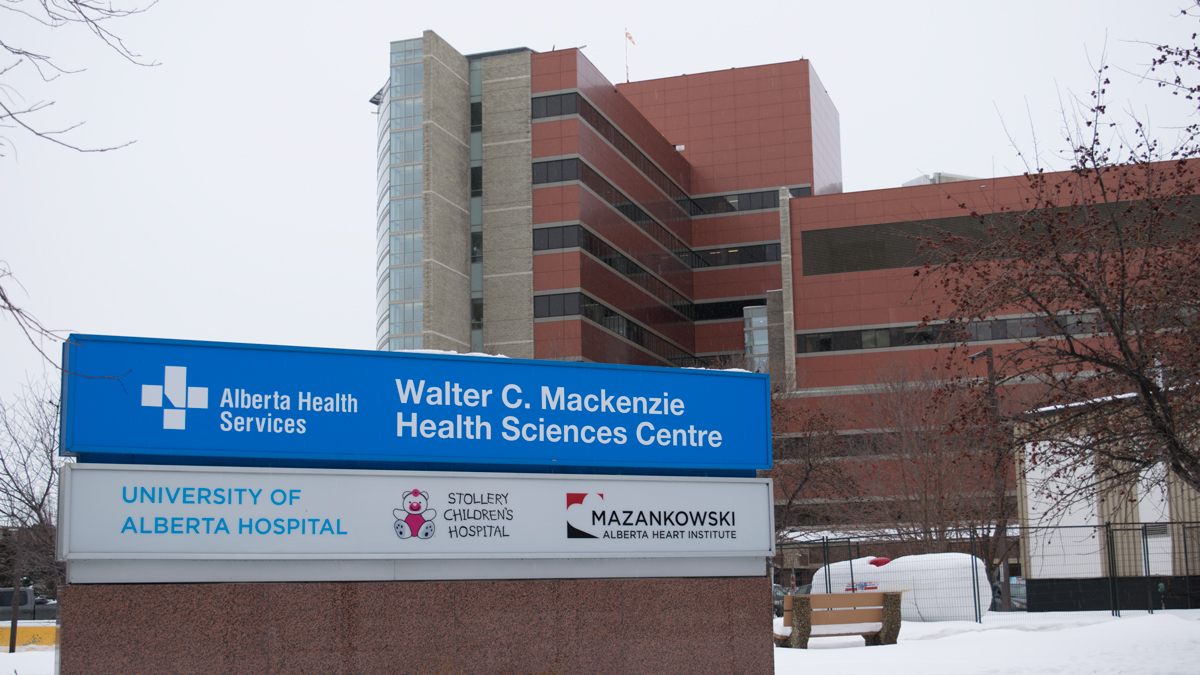 Arthur Macatangay
Arthur MacatangayNew research has shown that antipsychotics can be effective in treating Type 2 diabetes, which could possibly become a substitute for those who are not responding to current treatments.
John Ussher, a University of Alberta professor in the faculty of pharmacy and pharmaceutical sciences, was involved in a recent study that revealed that an older antipsychotic drug could be repurposed to treat diabetes.
So far, this research has been pre-clinical. However, evidence shows that these treatments could work for humans.
“We believe this can be a new option for those that don’t respond to current therapies,” Ussher said.
Metformin is the most commonly used therapy for diabetes. According to Ussher, diabetes affects 350 to 400 million people worldwide. 15 per cent of these people don’t respond to metformin, often due to poor kidney function. This means that about 40-50 million people can’t take metformin.
“We’re hoping the antipsychotics might potentially be good therapy for those 15 per cent of patients who can’t take metformin,” Ussher said.
Another common therapy for Type 2 diabetes is insulin secretagogues, a common drug class that promotes insulin release from pancreatic beta cells. In late stage Type 2 diabetes, these cells begin to lose function, Ussher said. Once they reach this stage, they no longer respond to insulin secretagogues.
“We believe this would be a good alternative for those with Type 2 diabetes,” Ussher said.
Modern technology helped Ussher and his team consider antipsychotics as a treatment for diabetes. Computers now have the ability to perform theoretical calculations, and reveal whether an existing drug would interact with the target protein.
“We had no idea how to target our protein, so we collaborated with someone who actually knew how to do computer modelling.” Ussher said.
“They screened 10,000 plus drugs approved for treatment in humans. The existing drug could actually interact with our target.”
An advantage with repurposing these already-existing drugs is that they all have safety data, meaning that they’re not harmful for treatments.
“Even if treatments were to be replaced by antipsychotics, we have safety data that tells us that for the most part, it’s not harmful,” Ussher said.
Other research seeking new treatments for existing disorders can use a similar approach. Older drugs that were made for one specific treatment may be useful in the modern medical world, as many drugs often have multiple targets in the body. If modern treatments were to be replaced with older drugs, there is existing data indicating that it wouldn’t be harmful.
“Maybe we can try older drugs, and take a modelling approach to see if older drugs are for our targets where we already have safety data,” Ussher said.
“I think it would be exciting for other disease perspectives to see if repurposing and remodelling old drugs could find a second life for other diseases as well.”




